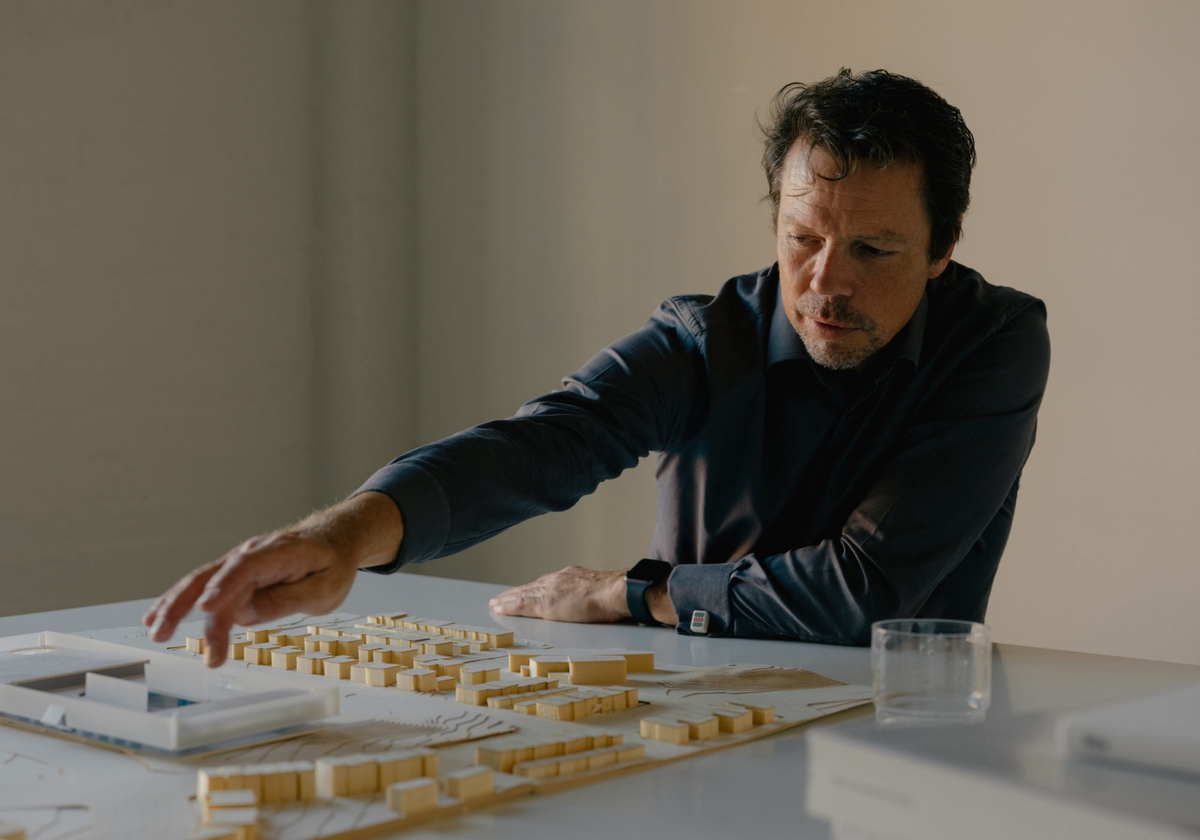Bringing civic design to commercial spaces
Insight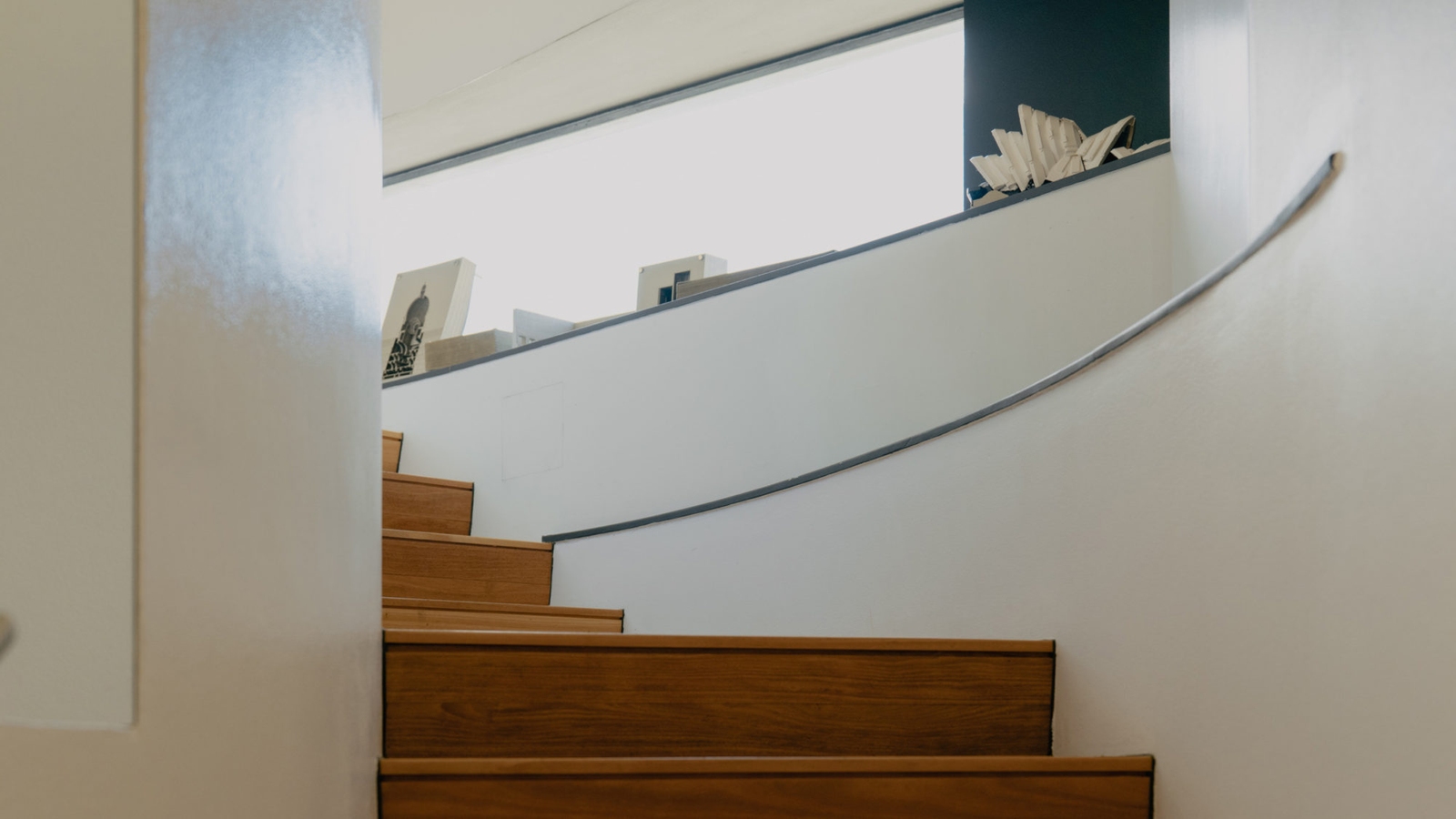
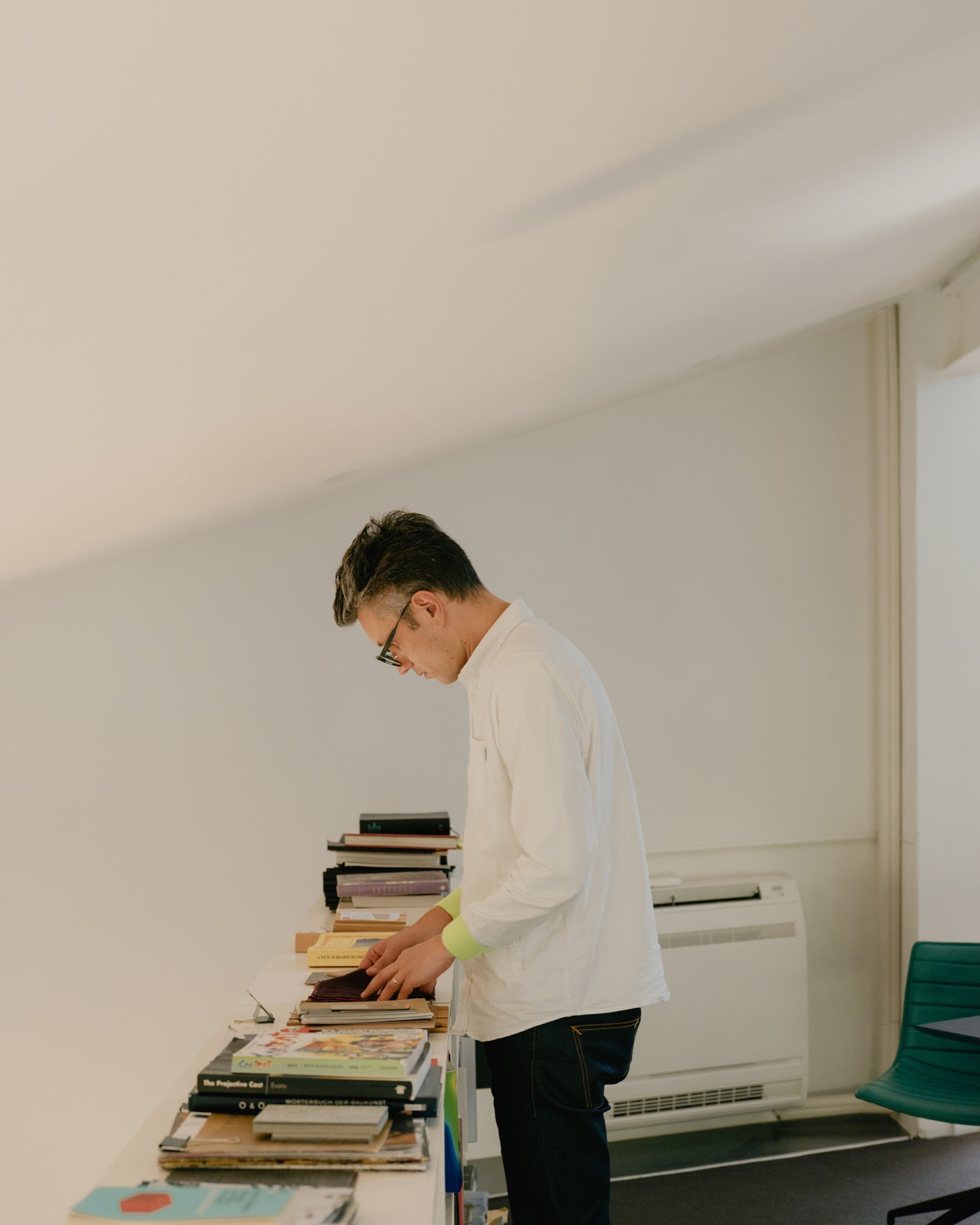
How do you define ARM, and the work you do?
We’re an architecture, urban design and interior design practice that works on everything from significant cultural and institutional buildings – including the Sydney Opera House, Victorian Arts Centre, Melbourne Theatre Company and Shrine of Remembrance – to freeways in the Peninsula Link or the Wonthaggi desalination plant.
We also work on more common building types such as apartments, shopping centres, office buildings, schools and universities. Our diverse experience empowers us to bring a broad perspective to each project.
For this project, SRL has engaged us to work on the urban design of the Armstrong Creek precinct.
What interested you in this particular project?
There aren’t many businesses that are seeking out designers that might challenge their own preconceptions, as well as market expectations.
This is a new brief for us, but we like doing things that we haven’t done before. We find work in regional areas to be the most rewarding because the buildings can make a true difference.
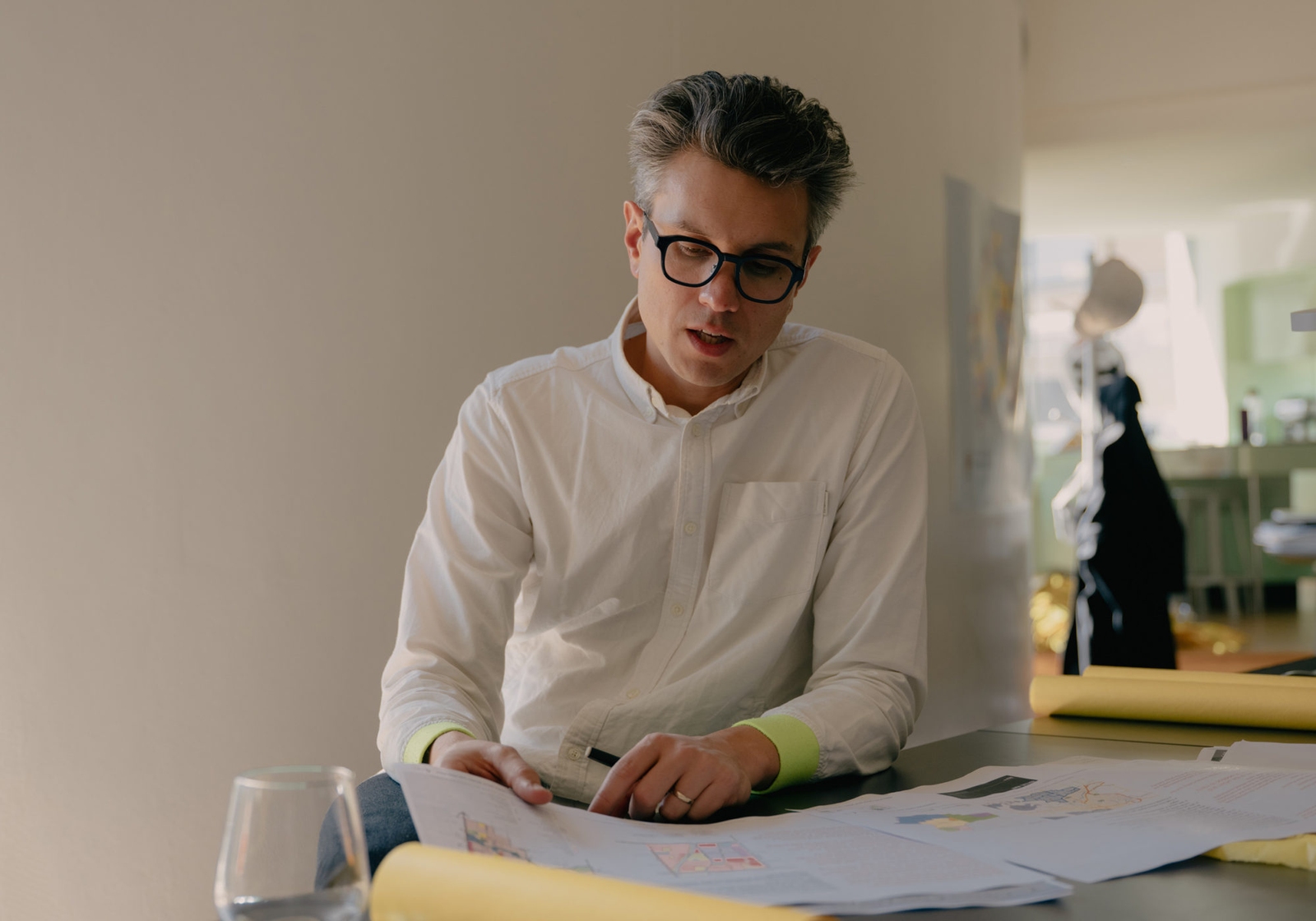
How do you respond to a site’s context, location or community? What is your process?
Architecture is one of those disciplines that builds on history. We start by going backwards in time. You try and go back as far as you possibly can, getting into questions like, ‘What was the geology of this site?’ and ‘What was the ecology like before settlement?’
We then consider the broader impact today, the catchment area and cultural context. We also consider the landscape we’re working with. What is it going to be 100 years from now? And, how can we factor this into the planning?
Most urban design frameworks are based on arrival and parking. While that’s a fundamental part of the business model, understanding the context of a longer cycle opens up opportunities for landscape, public amenities and alternative uses that will serve the community into the future.
We’re also starting to look at how the site might be arranged to work at different times of the day and night. That’s a particular kind of urban idea, that you have an 18-hour day or a night economy. Similarly, we consider how we can approach the mixed-use precinct in this area and the quantum of living, working, recreation, shopping and food and beverage. That balance is critical, and it comes from our experience in precinct towns.
ARM is heavily involved in research – how does that impact your work and process?
We’re a deeply pragmatic practice, which is essential to executing the progressive design that we are known for.
Researching the neighbouring communities is key to understanding how to serve their needs. On one side of Armstrong Creek is a neighbourhood that may want to use the site for convenience, while on the other side, we are serving an activity district. There, we want to support the town centre rather than compete with it. It’s important to have a research program that allows us to understand what’s going on around these sites so we can find the gaps.
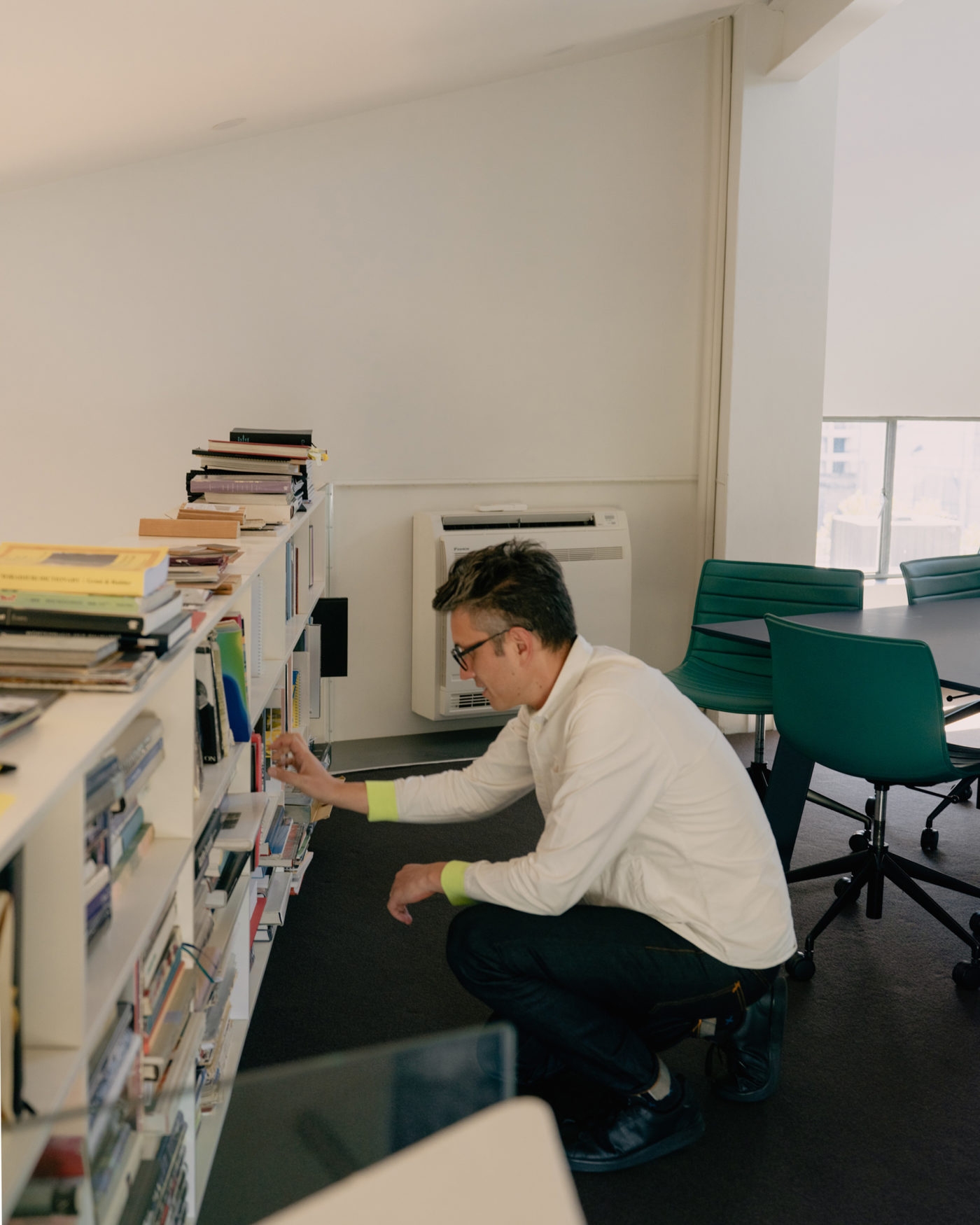
ARM also has a reputation for innovation. As one example, how are you tackling sustainability in this project?
SRL is a very progressive client. I think that is exactly their point of difference – there’s a real business-as-usual mentality in that sector. SRL is coming in as a disruptor of a methodology that is no longer sustainable, so they want to work out what the future of this kind of development is.
These sites tend to have a relatively small carbon footprint upfront. But when you factor in the shorter life cycle and turnover of the site every 15 or 20 years, that footprint grows pretty quickly. Taking a future-focused approach will reduce the environmental impact over time.
We’ve also considered aspects like power consumption and water retention on-site, as well as contributing to genuine ecology rather than just creating garden beds.
ARM has created some of Australia’s most culturally significant and distinctive buildings. Are you able to carry some of that experience across to this project?
When we designed Perth Arena, the intention was that it would be for tennis and other sports events – but it’s actually a performance venue. Therefore, it should feel like a night out rather than a piece of sporting infrastructure. In that case, we had to consider how to take a building that wants to be a stadium and turn it into a concert hall.
A project like Armstrong Creek requires those fundamental questions. What is the true purpose of this building over time?
These precincts are usually built on a very short cycle, driven by arrival and convenience rather than urban design principles. What if, instead, we think about it as a piece of ecology or a building driven by public amenity?
What are you most excited about seeing come to life at Armstrong Creek?
I’d like to see it grow into the area to become a place the locals are proud of, and that people will travel to. It’s an authentic place that thrives off the quality of a local neighbourhood.
